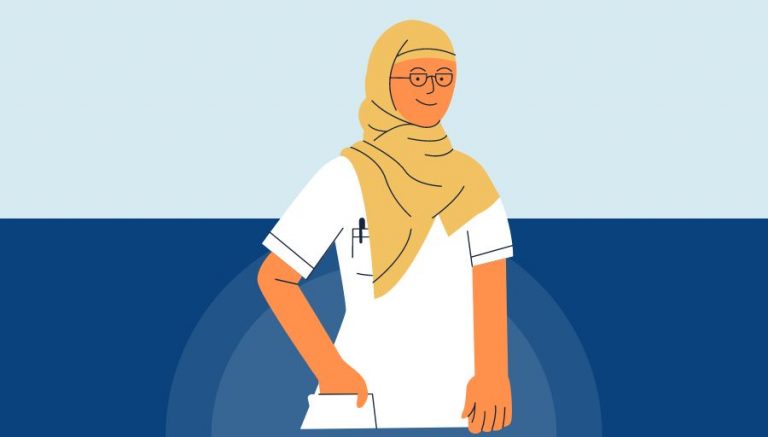How To Use CPT Code 67320
CPT 67320 describes a specific procedure known as transposition of the extraocular muscles of the eye. This article will cover the official description, procedure, qualifying circumstances, appropriate usage, documentation requirements, billing guidelines, historical information and billing examples.
1. What is CPT Code 67320?
CPT 67320 is a code used to describe a procedure in which the provider performs a transposition of the extraocular muscle or muscles of the eye. This procedure is typically performed after a strabismus repair procedure to realign the eye muscles. The transposition involves relocating the muscle and reattaching it to the sclera or another reattachment point using sutures.
2. Official Description
The official description of CPT code 67320 is: ‘Transposition procedure (eg, for paretic extraocular muscle), any extraocular muscle (specify) (List separately in addition to code for primary procedure).’ This code is an add-on code and should be used in conjunction with a primary code from the range 67311 to 67318.
3. Procedure
- In this procedure, the provider begins by placing a speculum in the patient’s eye to hold the boundaries of the eye open for inspection.
- Next, the provider makes an incision at the point of attachment of the cornea and sclera to expose the extraocular muscles.
- The provider then isolates the muscles that need to be transposed.
- After isolating the muscles, the provider exposes the muscle reattachment point on the sclera or another reattachment point.
- The transposed muscle is then relocated and reattached to the sclera or other reattachment point using sutures.
4. Qualifying circumstances
CPT 67320 is typically performed as part of the treatment for strabismus, a condition in which the eyes are not properly aligned. The procedure involves transposing the extraocular muscles to correct the patient’s vision. The specific muscles involved in the transposition may vary depending on the patient’s condition and the technique used by the provider.
5. When to use CPT code 67320
CPT code 67320 should be used when the provider performs a transposition of the extraocular muscles of the eye as an additional procedure following a primary procedure for strabismus repair. It is important to note that this code is an add-on code and should not be reported without an appropriate primary code from the range 67311 to 67318.
6. Documentation requirements
To support a claim for CPT 67320, the provider must document the following information:
- The primary procedure code for the strabismus repair
- The specific extraocular muscle or muscles transposed
- The technique used for the muscle transposition procedure
- The date of the procedure
- Any complications or additional procedures performed
- The signature of the provider performing the procedure
7. Billing guidelines
When reporting CPT 67320, it is important to ensure that the procedure is performed as an additional procedure following a primary procedure for strabismus repair. This code should not be reported without an appropriate primary code from the range 67311 to 67318. Payers may not reimburse for CPT 67320 if it is reported without a primary code. It is important to follow the specific guidelines and requirements of the payer when submitting claims for this procedure.
8. Historical information
CPT 67320 was added to the Current Procedural Terminology system on January 1, 1990. There have been no updates or changes to the code since its addition.
9. Examples
- A provider performs a strabismus repair procedure to realign the eye muscles and then performs a transposition of the extraocular muscles to correct the patient’s vision.
- After a strabismus repair procedure, the provider performs a transposition of the lateral rectus muscle to improve the patient’s eye alignment.
- Following a strabismus repair procedure, the provider performs a transposition of the superior rectus muscle to correct the patient’s vision.
- During the same session as a strabismus repair procedure, the provider performs a transposition of the inferior rectus muscle to improve the patient’s eye alignment.
- After a strabismus repair procedure, the provider performs a transposition of the medial rectus muscle to correct the patient’s vision.
- Following a strabismus repair procedure, the provider performs a transposition of the superior oblique muscle to improve the patient’s eye alignment.
- During the same session as a strabismus repair procedure, the provider performs a transposition of the inferior oblique muscle to correct the patient’s vision.
- After a strabismus repair procedure, the provider performs a transposition of the superior rectus and inferior rectus muscles to improve the patient’s eye alignment.
- Following a strabismus repair procedure, the provider performs a transposition of the lateral rectus and medial rectus muscles to correct the patient’s vision.
- During the same session as a strabismus repair procedure, the provider performs a transposition of the superior oblique and inferior oblique muscles to improve the patient’s eye alignment.


